Polyhydroxy Acid: The New Generation of AHAs

Polyhydroxy Acids or PHA, such as gluconolactone and lactobionic acid, are a new generation of alpha hydroxy acids. Due to their large molecular size, these exfoliating acids gently work on the surface of the skin to smooth and even tone with less irritation and reduced photosensitivity. What makes PHAs unique too are it's unique hydrating and plumping benefits plus they even help fight glycation. Read more to learn about polyhydroxy acid.
THE SCIENCE BEHIND IT…
OVERALL CLINICAL DATA ON SPECIFIC INGREDIENT(S) & HOW THEY FUNCTION:
Few skincare ingredients have ravaged the collective skincare obsessed like acids. Sought after with great fervour and available in most products types, acids can claim to exfoliate, resurface and rejuvenate the skin with ample clinical data to back it up.
Alpha-hydroxy acids (like glycolic, lactic and mandelic acid) and salicylic acid have undoubtedly changed the skincare experience for many—addressing the signs of photodamage, ageing and acneic skin in an efficient, visible and clinically-proven manner. It becomes obvious why these acids can be found in cleansers, serums, moisturizers and toners—and yet, still approached with trepidation by many despite their massive adoption.
These highly effective acids come with potential caveats, particularly in instances of misuse or for those with sensitized skin (such as rosacea or eczema)—irritation, increased sensitivity and potential barrier damage. With the trend of now taking care of your skin barrier first (which should be more of a philosophy to live by), the need for an exfoliant that is not only gentle but effective has become apparent.
Can an acid be gentle, yet effective and take care of your skin? Yes—time to usher in the new generation of acids.
Polyhydroxy acid
Polyhydroxy acids (PHAs) represent a cosmic shift in the mindset and perception of acid exfoliation—gone are the days of potential sun sensitivity, irritation and stinging; welcome gentle exfoliation, hydration and protection1–3. This special group of acids present very specific structural differences from alpha-hydroxy acids (AHAs) which lend them their unique properties.
Polyhydroxy acids are similar to AHAs, except that they possess two or more hydroxyl groups (hence “poly”) and are larger—interestingly, the pKa (an indicator of acid strength) of a PHA like lactobionic acid is similar to that of glycolic acid (pKa 3.8) and yet, it is a gentler exfoliant1,4,5. How is that possible? Simple—size (and structure) matters.
Since PHAs are bigger and bulkier than conventional acids like glycolic, their bioavailability and penetration abilities into the skin are significantly reduced. Now, you are probably thinking this makes them far less effective than AHAs, so why bother? Owing to these properties, an optimal level of bioavailability and penetration is achieved in such a manner that the typical irritation, stinging and sensitivity associated with AHAs is also significantly diminished while providing all of the benefits and then some1,2,6,7.
Much like AHAs, these acids are effective exfoliants capable of smoothing the skin, diminish the appearance of fine lines and wrinkles while also addressing signs of photo-damage such as hyperpigmentation in a balanced and gentler manner1,2,5,8. This is not entirely new for most of us who are avid acid users, with these effects being well documented in literature for AHAs, what is new are the distinct advantages (apart from being gentler) that PHAs have over many conventional acids.
New generation, but extra
We have established how size has resulted in PHAs being milder exfoliants for the skin, but what about the structure? The distinct structure of PHAs has largely contributed to many of the benefits described below—size is not all that matters.
One of the key structural differences between PHAs and AHAs is the number of hydroxyl groups they possess. The numerous hydroxyl groups of PHAs like gluconolactone and lactobionic acid (technically an aldobionic acid) make these molecules extremely hygroscopic, allowing them to be highly effective humectants, attracting and binding to significant amounts of water to adequately hydrate the skin and provide a plumping effect3,4,8.
Beyond exfoliation and now intense hydration, what else can PHAs offer? Antioxidant power. PHAs like gluconolactone have demonstrated significant antioxidant properties as a result of their function as a chelating agents and free radical scavengers, offering some protection against UV-induced lipid peroxidation which leads to skin damage1,9,10.
Further to the benefits above, PHAs such as lactobionic acid have an established property of protecting skin collagen not just through antioxidant properties but by inhibiting key enzymes which are responsible for protein degradation leading to wrinkle formation and skin laxity—metalloproteinases4,5,10,11.The activity of these enzymes increases with unprotected UV exposure and age, degrading proteins such as collagen and elastin in the skin which contribute to photo-ageing12.
Out with the old, in with the new?
You have probably reached a stage at some point throughout this entry and wondered, “should I ditch AHAs?” Not entirely.
AHAs like glycolic acid are one of the most researched and established cosmetic ingredients—right up there with retinoids. The truth is, there are some who may find that such a potent group of exfoliants are not suitable for their specific skin needs or goals. In persons with sensitive skin, rosacea or eczema who may not tolerate conventional acids such as AHAs, then PHAs are not only recommended but advised as they not only offer mild yet effective exfoliation but can also support compromised skin.
For those acid die-hards that may have misused their exfoliants, on a regimen with other actives such as retinol or are partaking in a refreshed skin philosophy of gentler skincare for healthy skin, then PHAs can make a wonderful addition to any routine.
Skincare, as always, is about balance—too strong all the time may not be what is best for your skin, but a balanced approach of incorporating products with different properties and strengths can lead to profound, enduring changes over time.

DISCLAIMER:
Lab Journals are intended to help educate on specific ingredients and skin care topics. Our articles are written to be informative and informational.
Please note any Naturium products with referenced ingredients are formulated for Cosmetic Use Only and NOT intended as replacements for physician pharmaceutical product recommendations.
SOURCES:
- 1Grimes PE, Green BA, Wildnauer RH, Edison BL. The Use of Polyhydroxy Acids (PHAs) in Photoaged Skin. Cutis. 2004;73(2 SUPPL.):3-13.
- 2Edison BL, Green BA, Wildnauer RH, Sigler ML. A polyhydroxy acid skin care regimen provides antiaging effects comparable to an alpha-hydroxyacid regimen. Cutis. 2004;73(2 Suppl):14-17.
- 3Green BA, Yu RJ, Van Scott EJ. Clinical and cosmeceutical uses of hydroxyacids. Clin Dermatol. 2009;27(5):495-501. doi:10.1016/j.clindermatol.2009.06.023
- ...
- 4Green BA. Cosmeceutical Uses and Benefits of Alpha, Poly and Bionic Hydroxy Acids. Cosmeceuticals Cosmet Pract. December 2013:67-80. doi:https://doi.org/10.1002/9781118384824.ch7
- 5Algiert-Zielińska B, Mucha P, Rotsztejn H. Lactic and lactobionic acids as typically moisturizing compounds. Int J Dermatol. 2019;58(3):374-379. doi:10.1111/ijd.14202
- 6BERARDESCA E, DISTANTE F, VIGNOLI GP, ORESAJO C, GREEN B. Alpha hydroxyacids modulate stratum corneum barrier function. Br J Dermatol. 1997;137(6):934-938. doi:https://doi.org/10.1046/j.1365-2133.1997.19882069.x
- 7Kornhauser A. Applications of hydroxy acids: classification, mechanisms, and photoactivity. Clin Cosmet Investig Dermatol. 2010:135. doi:10.2147/ccid.s9042
- 8Green B, Wildnauer R, Nguyen H, Edison B. Lactobionic acid: a bionic acid enhances skin clarity and provides skin plumping and firming effects. J Am Acad Dermatol. 2006;54:AB37.
- 9Bernstein EF, Brown DB, Schwartz MD, Kaidbey K, Ksenzenko SM, Draelos ZD. The Polyhydroxy Acid Gluconolactone Protects Against Ultraviolet Radiation in an In Vitro Model of Cutaneous. Dermatologic Surg. 2004. doi:10.1111/j.1524-4725.2004.30060.x
- 10Tasic-Kostov M, Pavlovic D, Lukic M, Jaksic I, Arsic I, Savic S. Lactobionic acid as antioxidant and moisturizing active in alkyl polyglucoside-based topical emulsions: The colloidal structure, stability and efficacy evaluation. Int J Cosmet Sci. 2012. doi:10.1111/j.1468-2494.2012.00732.x
- 11Upadhya GA, Strasberg SM. Glutathione, lactobionate, and histidine: cryptic inhibitors of matrix metalloproteinases contained in university of wisconsin and histidine/tryptophan/ketoglutarate liver preservation solutions. Hepatology. 2000;31(5):1115-1122. doi:https://doi.org/10.1053/he.2000.6780
- 12Freitas-Rodríguez S, Folgueras AR, López-Otín C. The role of matrix metalloproteinases in aging: Tissue remodeling and beyond. Biochim Biophys Acta - Mol Cell Res. 2017;1864(11, Part A):2015-2025. doi:https://doi.org/10.1016/j.bbamcr.2017.05.007

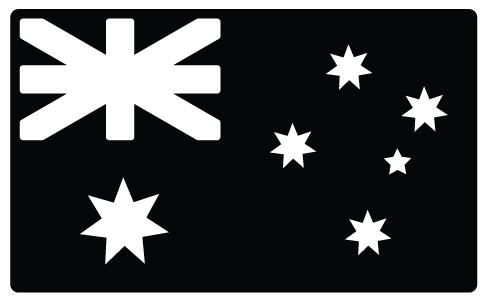
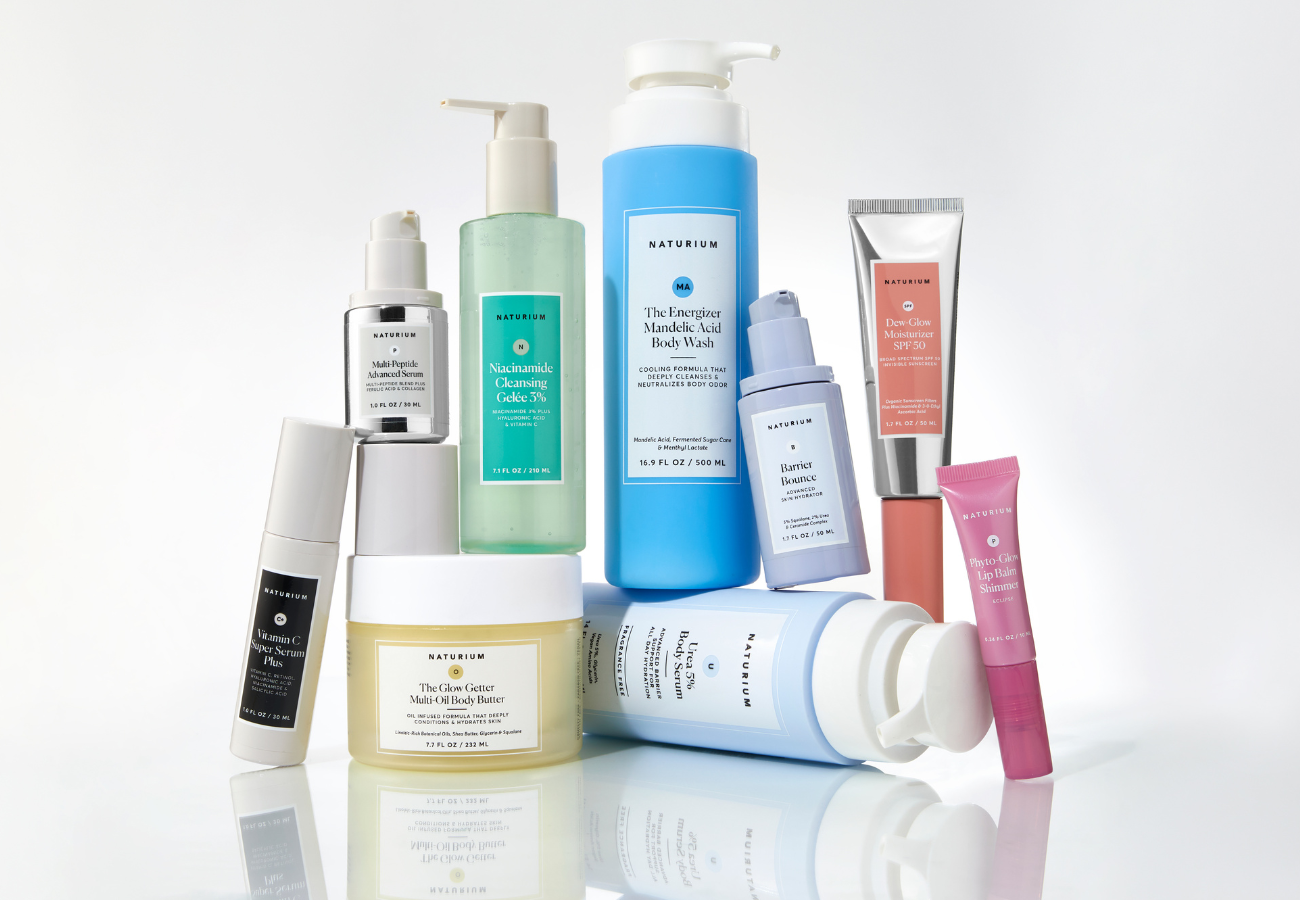
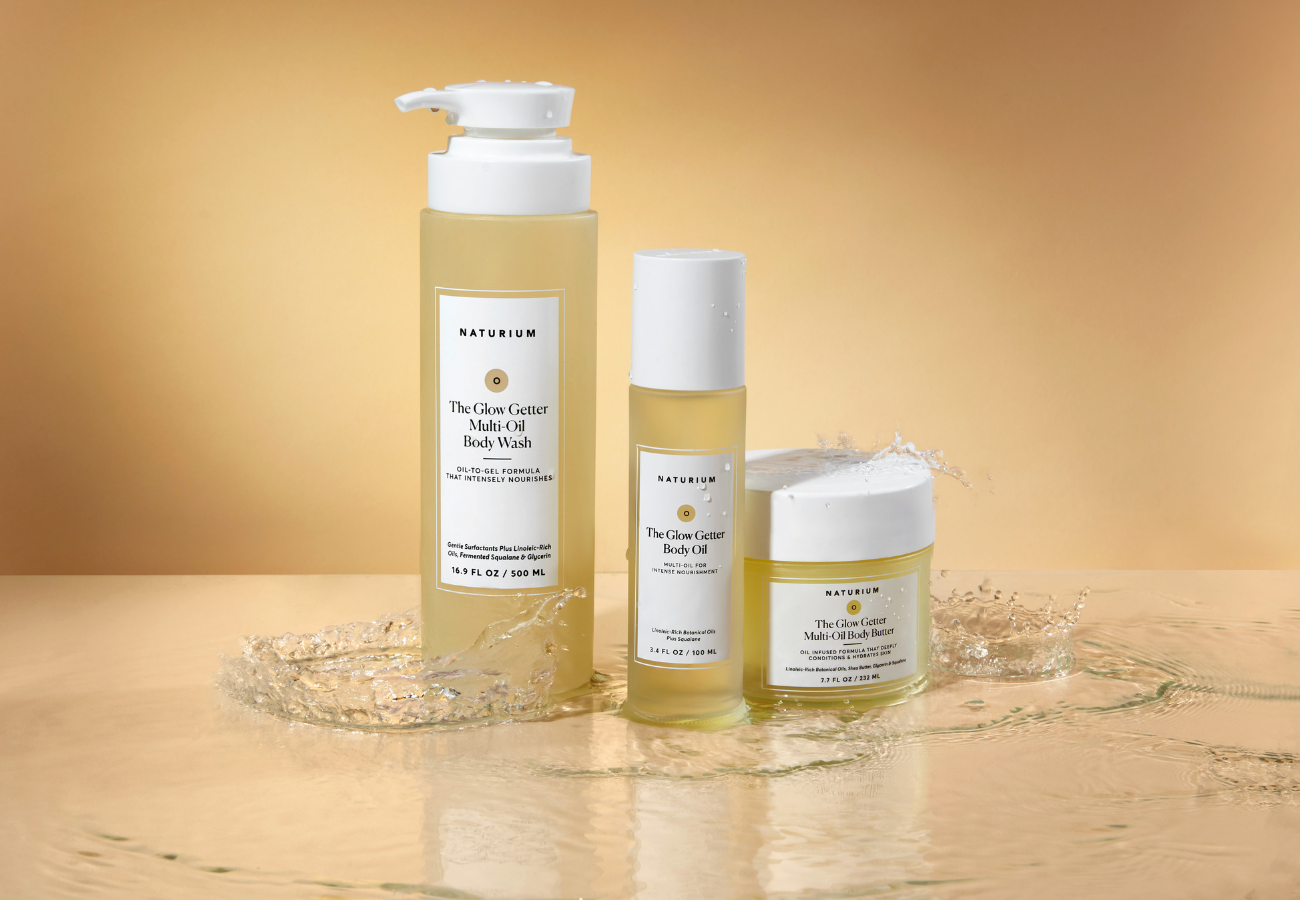
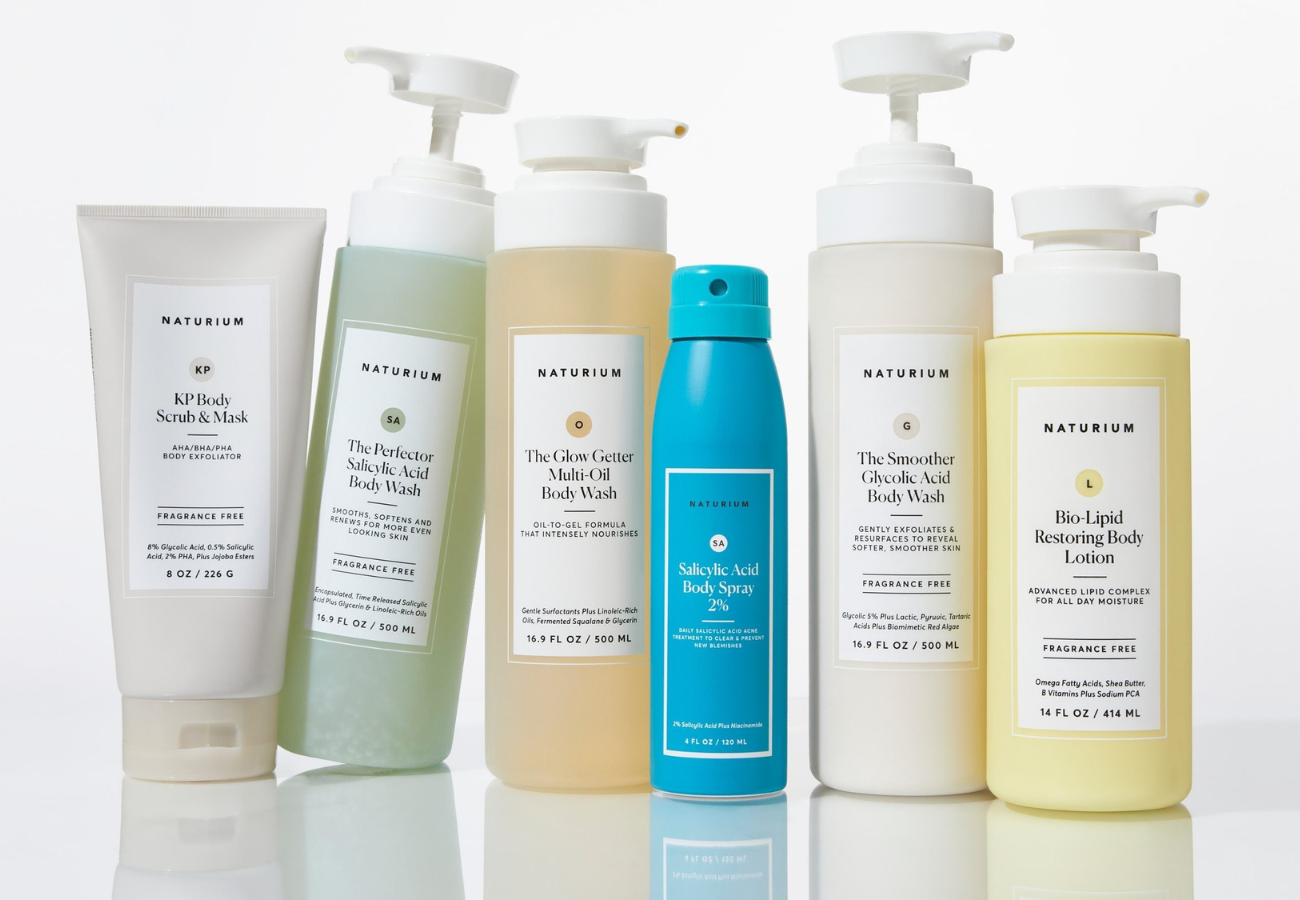
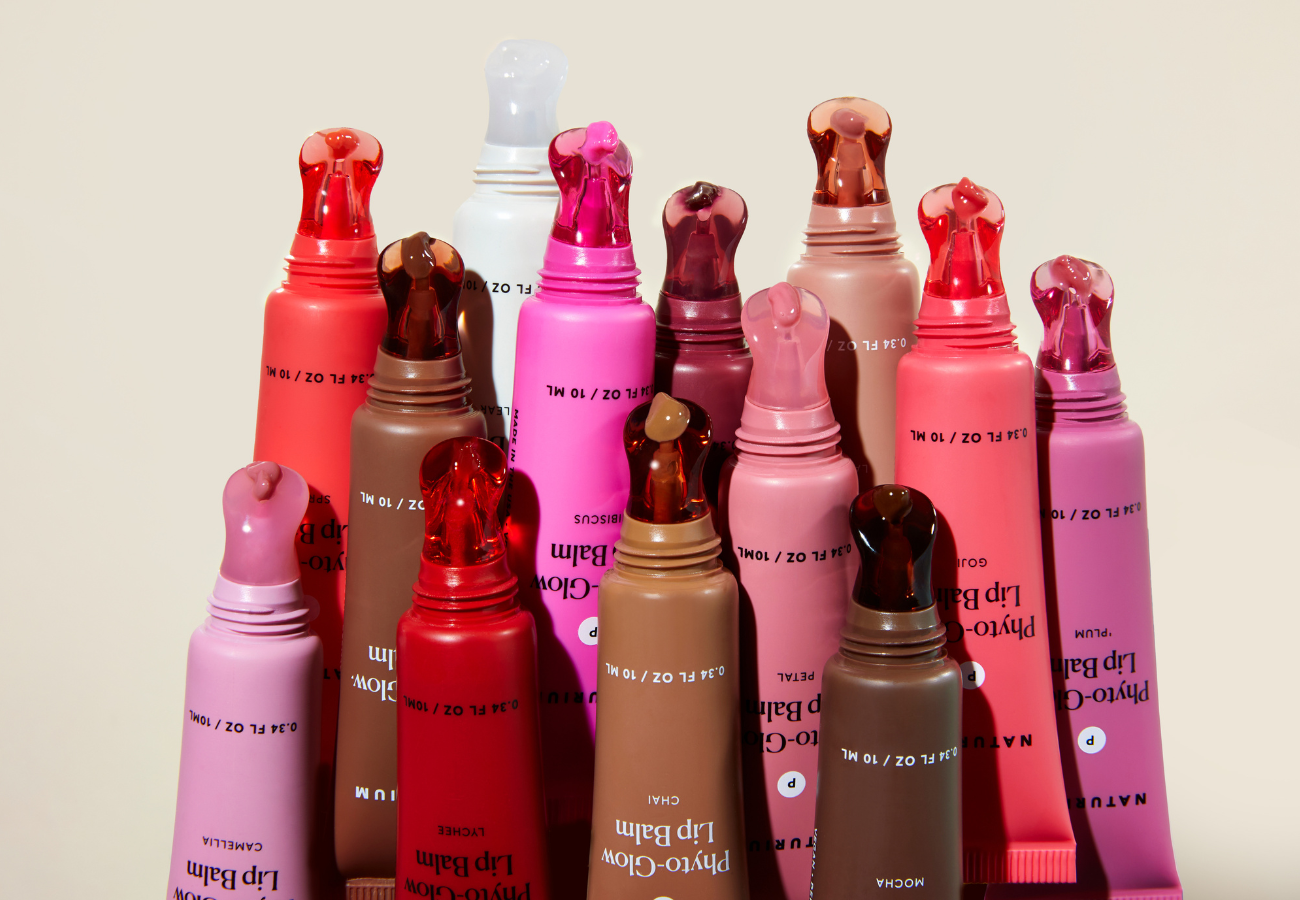
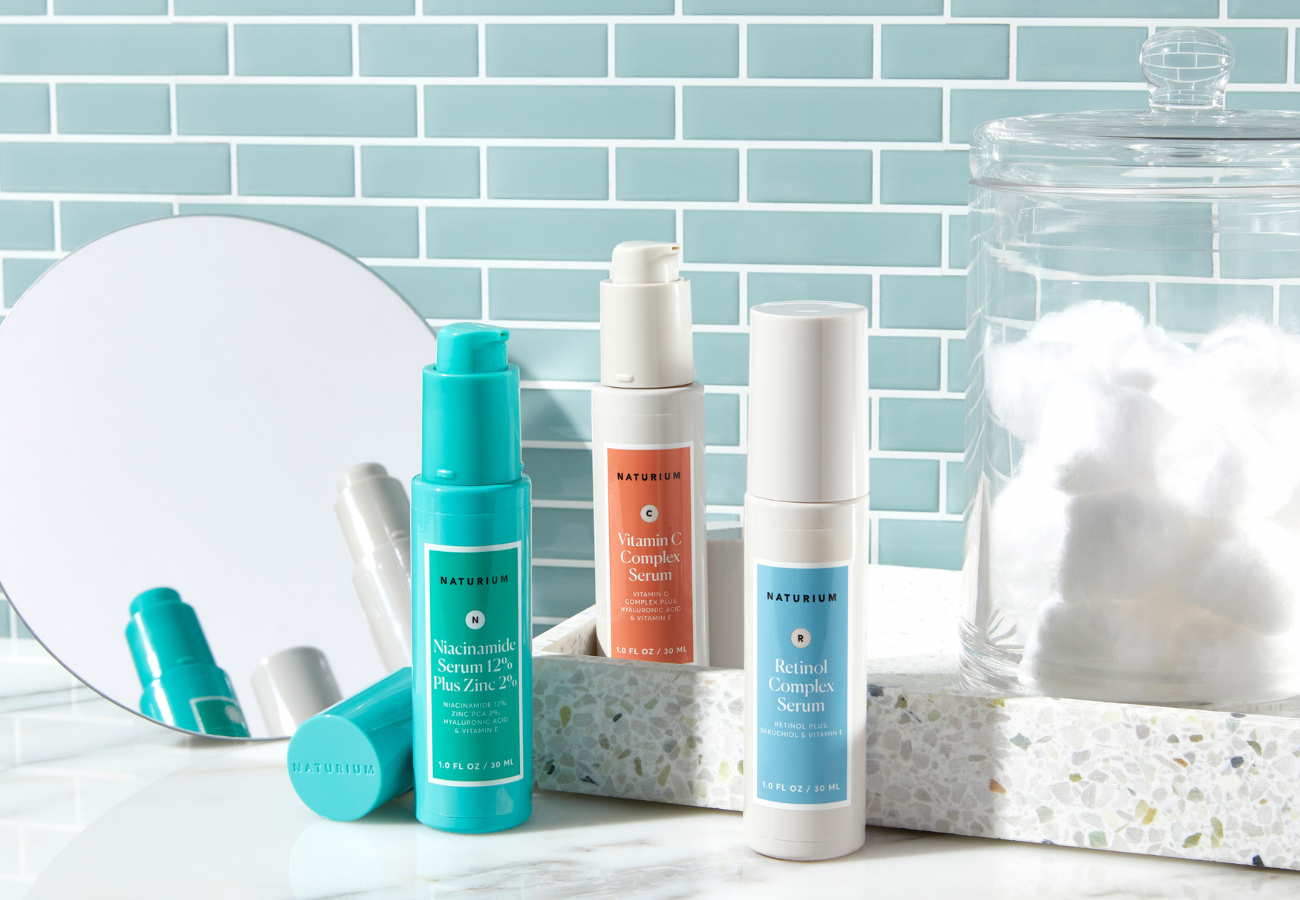
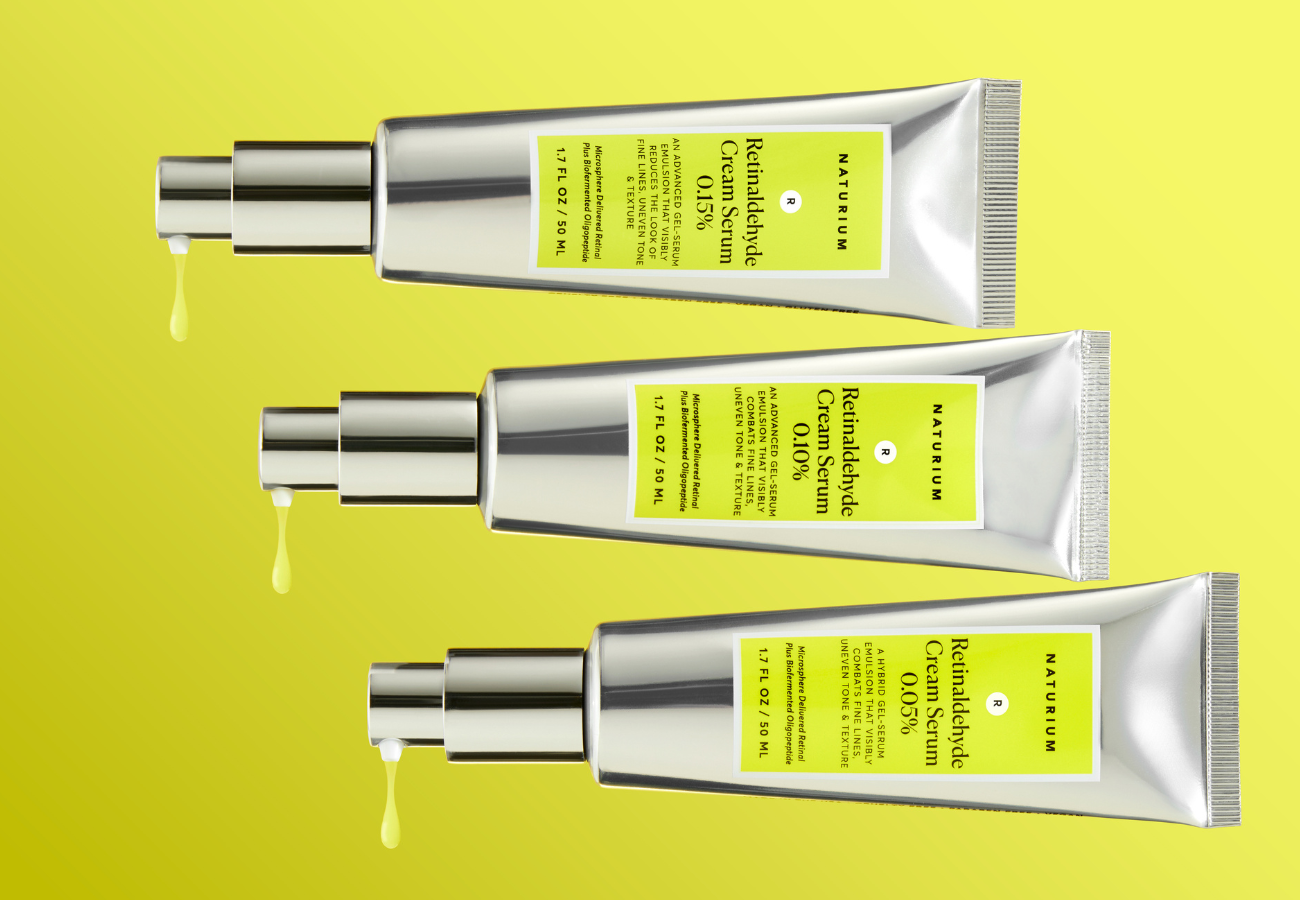
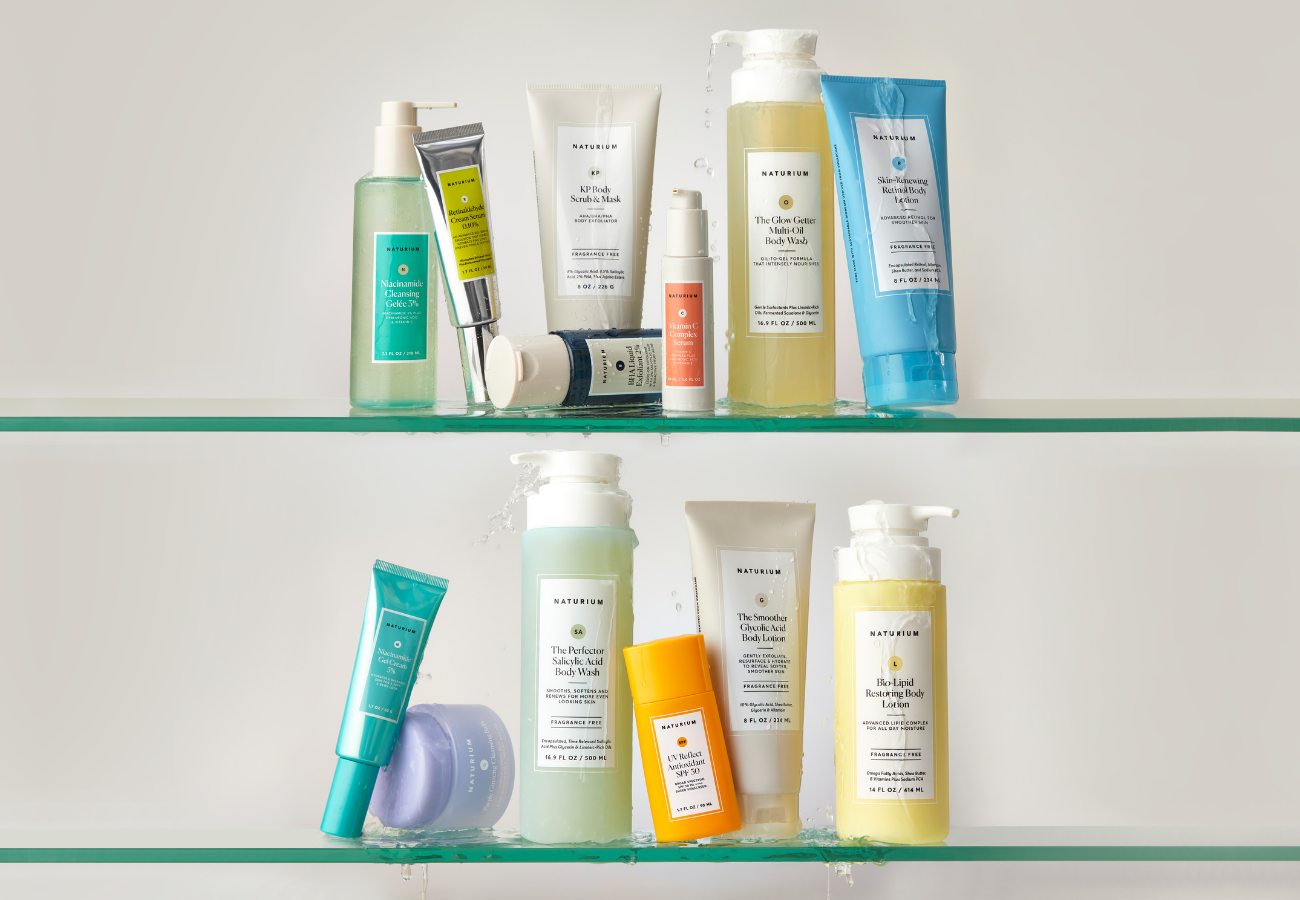
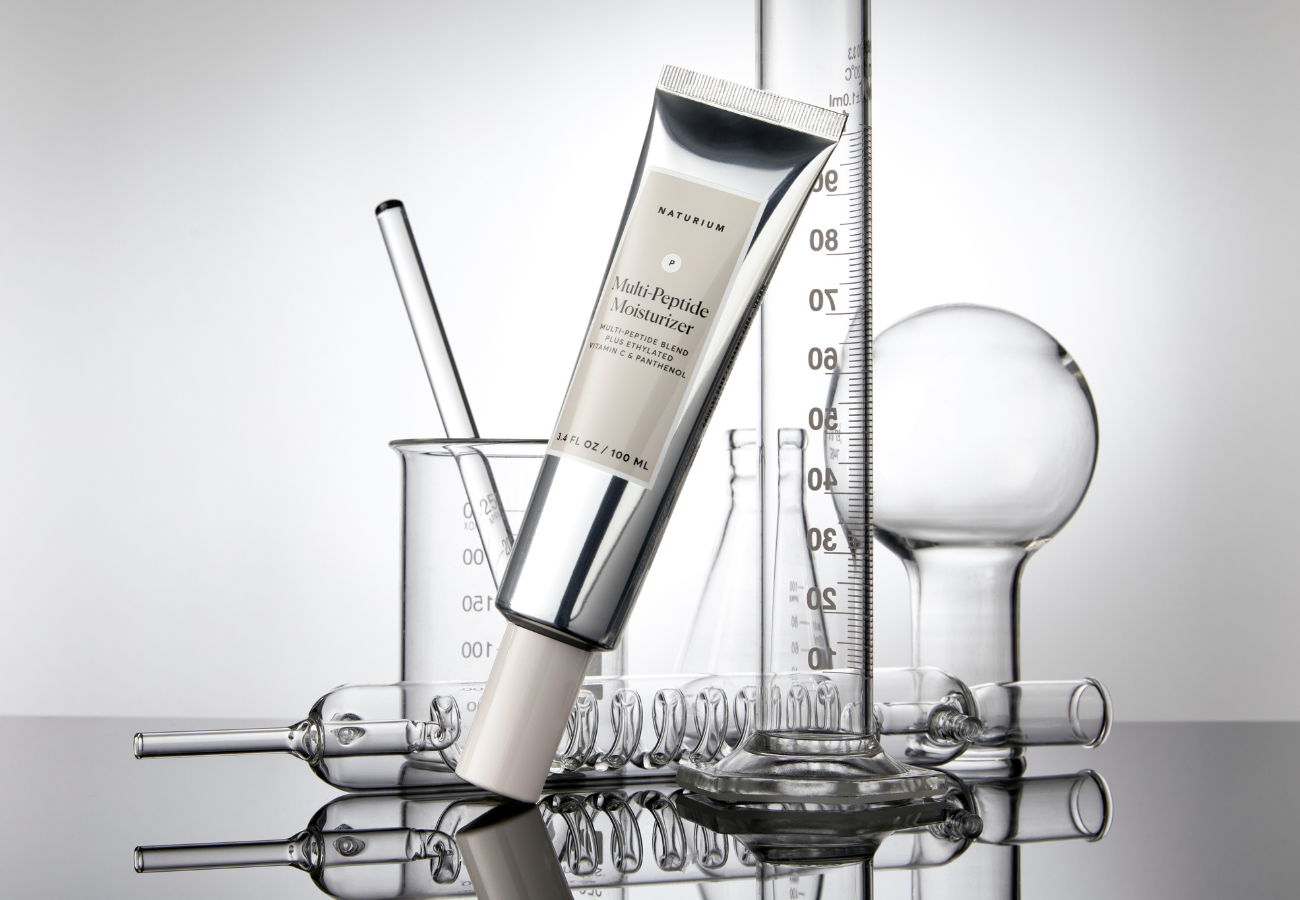
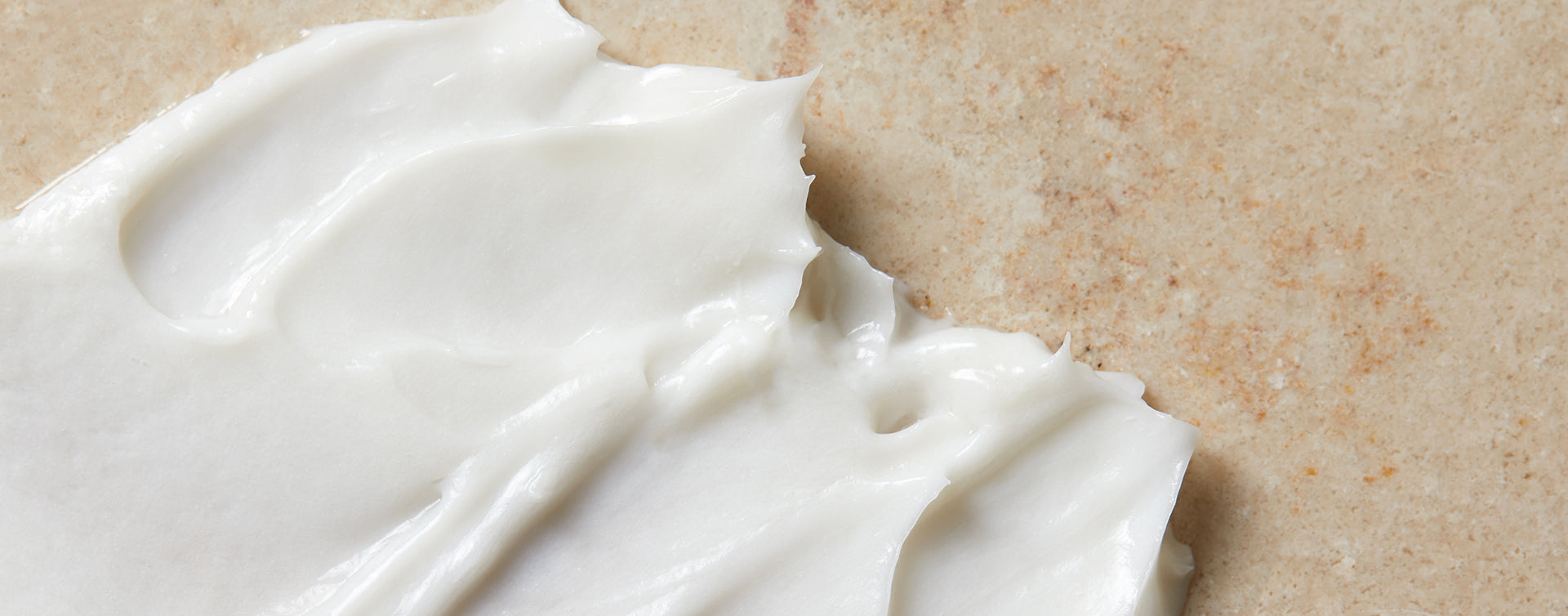

Leave a comment
This site is protected by hCaptcha and the hCaptcha Privacy Policy and Terms of Service apply.